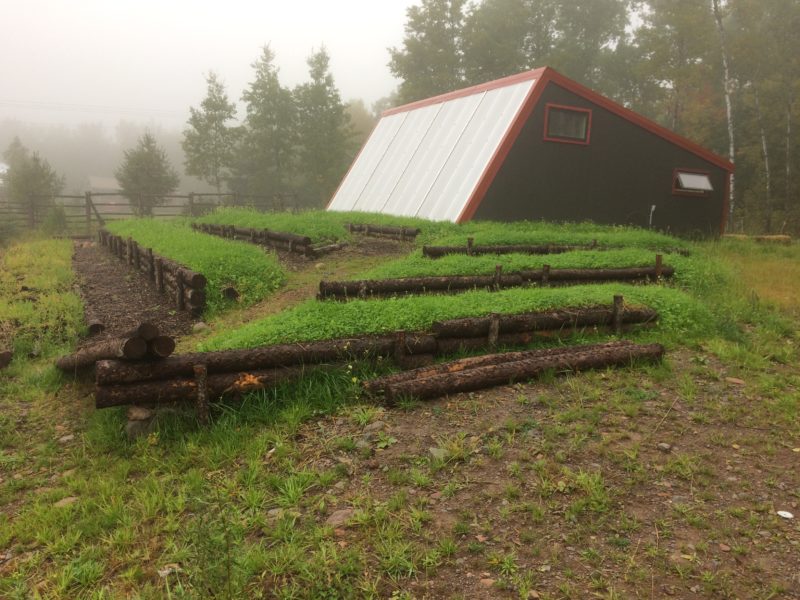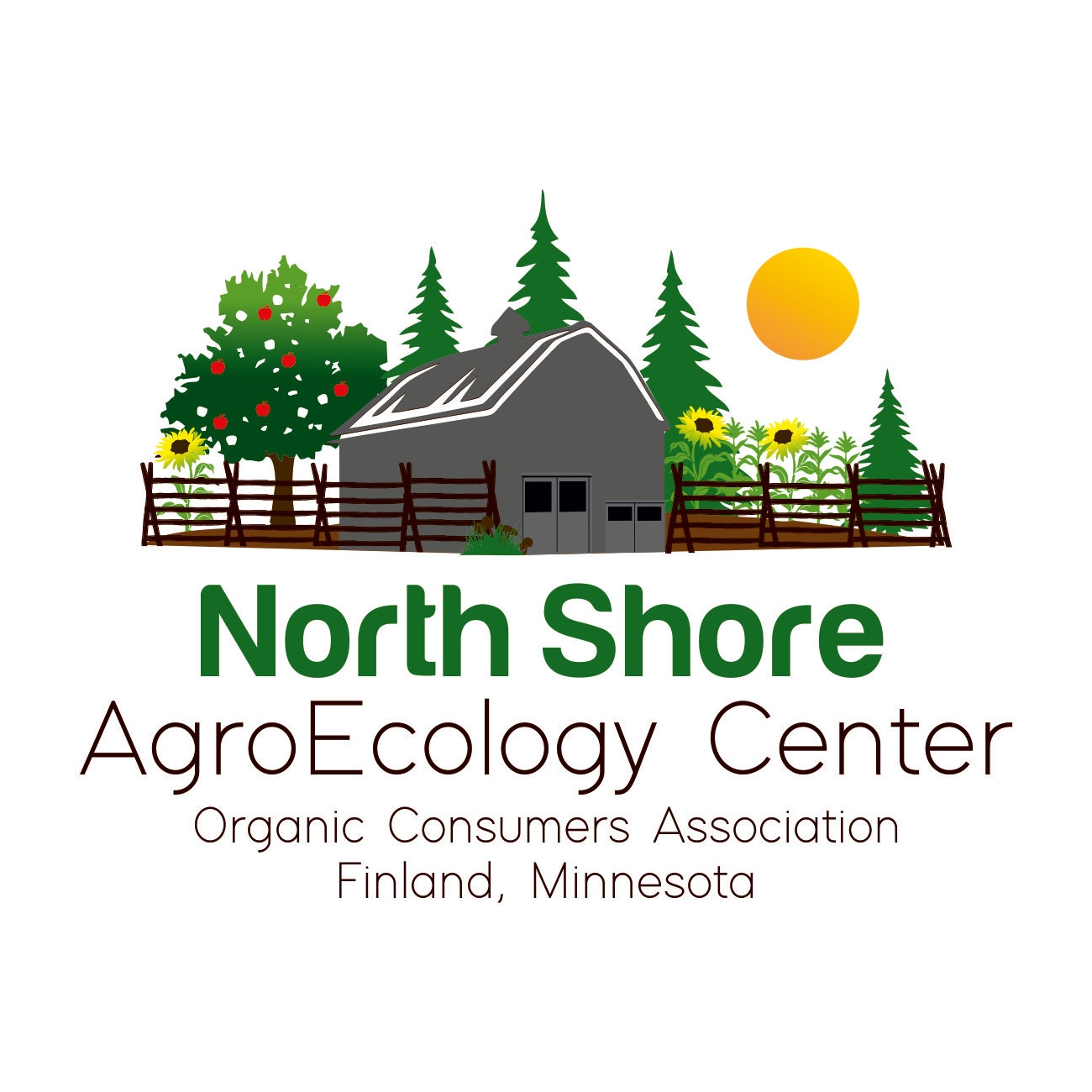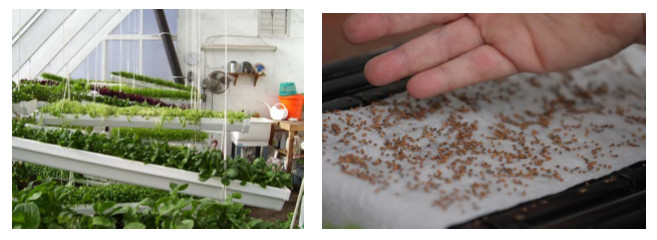Laying at the heart of all design is inspiration and adaptation, and much about Regenerative Agriculture (and many of the agricultural philosophies that feed into it) comes down to design… design that is inspired by other people’s and culture’s ideas, philosophies and designs, then taken and adapted to a new situation, a new culture, a new piece of land. But even moreso, that design is inspired by the processes of Mother Nature herself. Much about Regenerative Agriculture is watching and observing Nature’s patterns and methods and then applying them within agriculture to regenerate the natural matrix of degraded soils, waters, and biological communities (of which, we humans are certainly a part of).
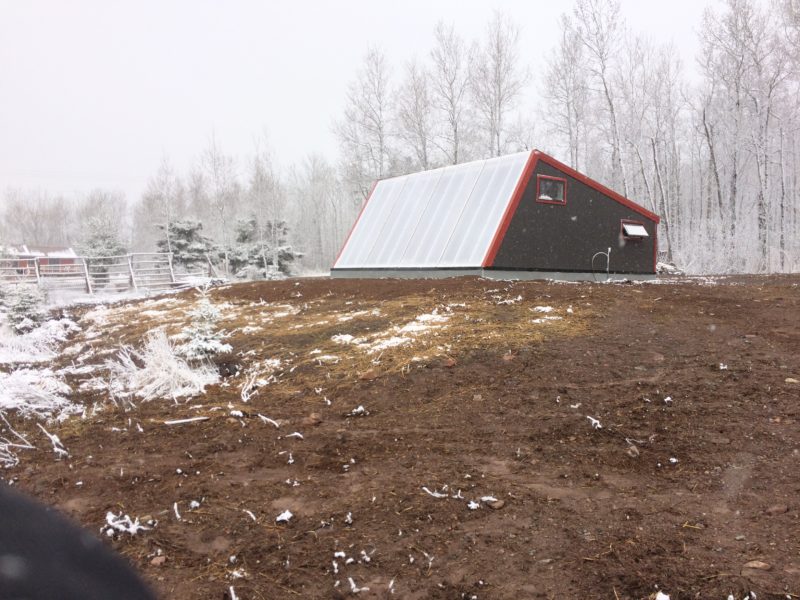
One such inspiration that we here at the AgroEcology Center have worked into our design, is that of “hugelkultur”. It’s a recently coined term that in German translates into “mound (or hill) culture”. Some claim it’s usage as an agricultural practice goes back centuries.. nay, thousands of years. Others point to an absolute lack of any historical reference to this specific form of agricultural production. To me, the point is moot, whether it’s ancient or new, because it most certainly draws inspiration from Nature’s basic workings & design; that of decomposition, nutrient cycling, biological diversity, carbon sequestration and wise water management.
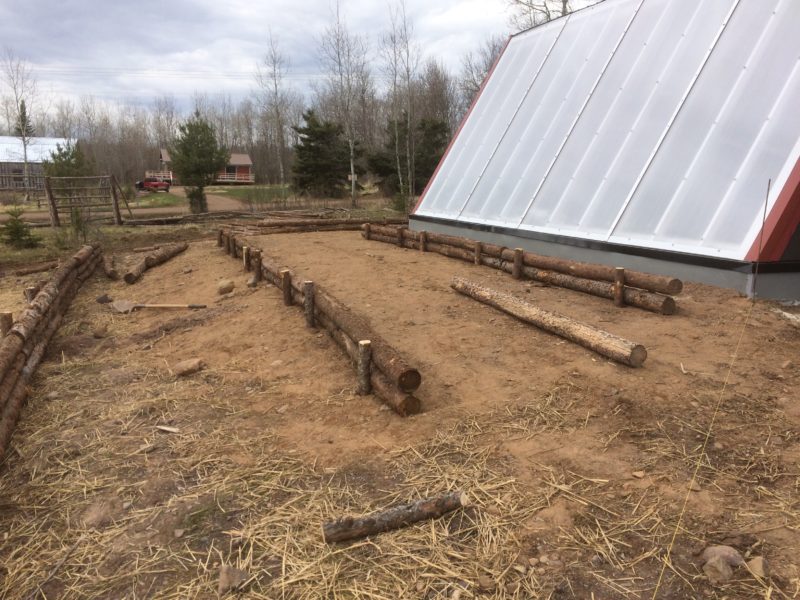
Hooga-what??
So what is it you say? The basic idea is to use (ideally) old(ish) wood, and to bury it under layers of manure, compost, soil, etc. (There are a few different versions and “recipes” out there.) Then plant directly into the pile. Some people actually dig down and place the wood below soil level, and once finished it feels more like a typical raised bed. Others start at soil-level and the finished product looks, well, like a mound.. hence, “hugelkultur”. And again, sometimes hugelkultur is used in a terrace system along slopes (as you see we did around our Deep Winter Greenhouse in the accompanying pictures). There are many ways to adapt the concept, because as we see around us, Mother Nature doesn’t work in rigid methodologies, rather dynamic, adaptive and creative biological systems.
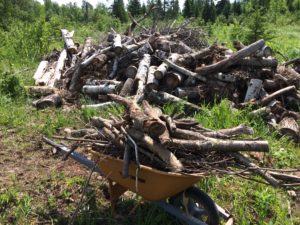
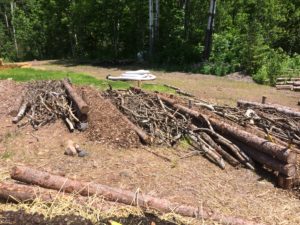
Now I hear the next question bursting from your lips… Why?? Now, to me, that is the far more interesting question, and takes us to the lessons and designs we are observing within Nature and applying in our humanscape. One such lesson from nature arrives from the phenomena of nurse logs, where new tree seedlings gain a foothold and are nourished through their first few years by growing on the body of a decaying tree. Read more about the process here…
In hugelkultur, we harness the power of the fungal kingdom. Fungi are the main decomposers of lignin-rich woods, specifically saprophytic fungi, which decompose dead organic matter (as opposed to mycorrhizal fungi which form relationships with living plants.. they are a whole different ball of wax and have less of a role in decomposing wood). As wood breaks down into a spongy matter, it releases a host of minerals and nutrients, becomes a water reservoir (much like a sponge in fact), and creates an amazing soil structure filled with life. In many ways, hugelkultur is simply a means of composting wood, while at the same time planting into the “compost pile”, so that the plants can take advantage of the nutrients released in the process, and the water reservoir within the mound.
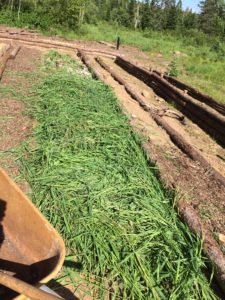
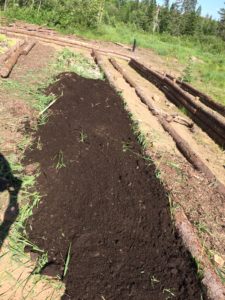
Carbon Bio-Sequestration
This process is also amazing for sequestering carbon in our soils! Carbon Sequestration is the process of taking carbon out of the atmosphere, and tucking it away somewhere less problematic. However, Carbon Bio-Sequestration is specifically about using life itself to pull carbon out of the air, and in the process, fixing it into a self-perpetuating cycle of biological lifeforms. If you would like to dive more into this whole process, I encourage you to read, “Soil Carbon Restoration: Can Biology Do the Job?”, on the Regeneration International website.
As wood decomposes, it naturally releases carbon, some of which cycles through various lifeforms (we are carbon-based life forms after all), while some is released as a gas. Hugelkultur actually seeks to increase the amount of carbon cycling by biological life forms, through the management of biological activity in the decomposition process, and also by burying the wood under layers of soil we are helping some of the carbon released as gas to get caught up in biological processes.

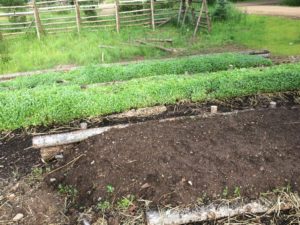
This can be a very effective carbon bio-sequestration method when paired with coppicing, which is the act of cutting down certain types of trees and shrubs that readily re-sprout, and thus can be cut on an annual or bi-annual cycle. We will be working with willows in this sense at the AgroEcology Center, which can be cut to the ground every year or two. The willow logs are simply used as part or all of the wood forming the base of the mound (once allowed to cure so that they won’t regrow within the hugelkultur mound!). Every time the willow regrows, it is pulling carbon from the atmosphere and either pumping it into the ground (and released as complex sugars to feed soil micro-organisms) or turning it into wood, which when used as part of a hugelkultur mound is just another form of pumping carbon into the ground.
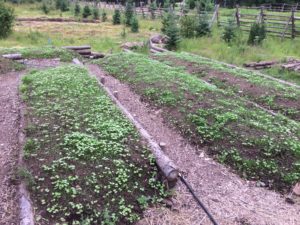

The Bio-Recipe
The basic recipe, if you will, is: 1- Base: Wood of varying sizes, ideally partially decomposed (try to avoid fresh cedar and/or walnut), 2- Followed by: A nitrogen source, 3- Adding a soil cap and 4- Plants! The most commonly recommended nitrogen source is manure, though I used a thick layer of fresh cut tall grass in addition to well-aged manure, then capped with soil. Mostly because manure is hard to source in our region, and I had an overgrown area of the yard filled with free grass cuttings. The nitrogen source is important, as the decomposition of wood needs a fair bit of nitrogen to balance out the process. Some people plant annuals/perennials directly into the fresh mound, however, at the AgroEcology Center we are using a series of cover crops to start with. Either way the plants are vital to this process, as their roots dive down into the mounds, they are adding bio-chemical complexity to the process of decomposition happening underground. Besides, they add another layer of productivity to the process, one which we get to enjoy (also the bees and other insects… okay, and the deer too).
